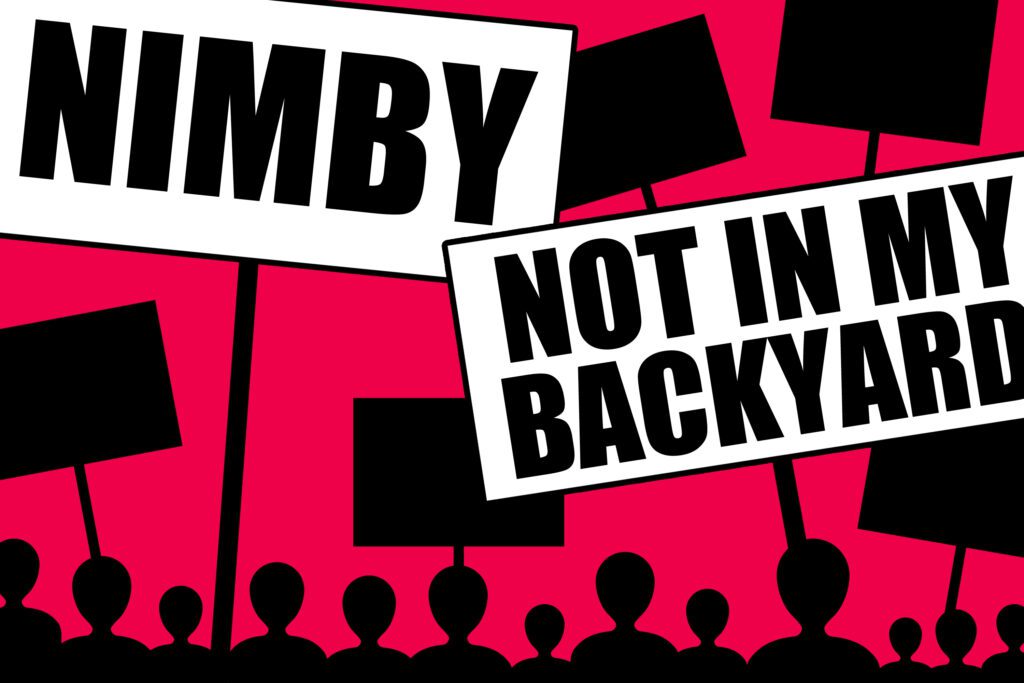By most accounts, the need for more housebuilding in Britain is no longer in serious dispute.
From government ministers to think tanks to industry groups, there is widespread agreement that the UK faces a profound housing shortage.
Yet, anyone working in the policy or development space knows that recognising the problem is only the first step; actually building more homes is a different and more politically fraught challenge.
Recent research conducted by Opinium and Curia reveals the depth of this issue: While there is broad agreement in principle that more homes are needed, that support weakens considerably when the question becomes local.
Moreover, many of the prevailing policy arguments that dominate Westminster and Whitehall have failed to resonate with sceptical elements of the public.
If this Government wants to deliver on ambitious housebuilding pledges, a far more effective strategy for communication, engagement, and public consent will be needed.
National Agreement, Local Resistence
The good news is that a majority of the public does believe more homes need to be built.
According to our polling, 54 per cent of UK adults agree that more homes should be constructed across the country, with only 16 per cent saying fewer should be built.
However, this support weakens considerably when the conversation shifts to the local level. Only 36 per cent support more new homes in their own area, and 29 per cent actively oppose them.
This national-local divide encapsulates the dilemma facing both the Government and the development sector. There is consent for the idea of housebuilding, but little appetite for it happening close to home.
Where Should Housing be Built?
One significant factor driving local resistance is public perception of where housebuilding is being done versus where it should be.
When asked about different types of areas, respondents showed relative openness to new development in urban locations. Major cities scored a net support of +26 per cent, while suburbs and towns were close behind at +24 per cent.
However, when it came to rural areas, public opinion was shaky at best. Just 37 per cent supported more homes in rural areas, with 29 per cent opposed.
This is particularly notable in Southern England, where 36 per cent believe fewer homes should be built locally, compared with only 30 per cent who support more.
This points to an important and often overlooked aspect of public perception: Many suburban and commuter areas in the South are seen as effectively “rural” in the minds of residents, especially when issues like the Green Belt come into play.
There is a perception that development is encroaching on countryside or traditional landscapes. This is when those areas are precisely the kinds of well-connected, high-demand places that planning frameworks are prioritising.
Two interlinked grievances emerge. First, some believe that government targets have driven housebuilding away from urban centres and into semi-rural or Green Belt areas.
Second, and more fundamentally, a significant number of people simply don’t want new development near them, regardless of the national need.
Housing has an Image Problem, but Not All Development Does
The contrast with attitudes toward infrastructure could be instructive. Infrastructure development enjoys far broader support than housing does, even at a local level.
Our polling found that 56 per cent of adults support more infrastructure nationally, and almost the same proportion (55 per cent) support more infrastructure in their local area.
Only 13 per cent said they wanted less local infrastructure, a stark contrast to the 29 per cent who oppose local housebuilding.
This disparity suggests that the problem is not simply about change or development in principle, it’s about housing specifically. Housing has an image problem.
People are generally happy to see new public amenities and services, but new homes are seen as a threat to character, resources, and community identity.
In short, the public is not inherently anti-development. But housing, uniquely among built infrastructure, triggers particular kinds of emotional and political resistance.
Arguments That Have Not Landed With the Public
One policy area that has attracted increasing attention in recent years is the role of environmental regulation in stalling development.
Industry leaders and policymakers alike have highlighted the burdens created by various rules, often citing examples where modest developments are delayed or made unviable due to environmental regulation.
Yet this concern has not filtered through to the public. Just 14 per cent believe environmental regulation is “too restrictive and unnecessarily prevents things being built or makes them more expensive.”
By contrast, 28 per cent believe the current balance is about right, and 30 per cent think environmental regulation “doesn’t go far enough and allows too many things to be built that have a damaging environmental impact”.
This is a key disconnect. If policymakers and developers want to reform regulation to speed up housebuilding, they need to build the public case for doing so.
Currently, environmental rules are not seen as a problem by most of the electorate. Indeed, many see them as a necessary defence. Until that changes, political capital for reform will remain limited.
What Might Unlock Public Consent?
So, what might actually persuade people to support more homes in their local area?
Our research suggests several promising avenues to explore.
First and foremost, quality matters. Almost half (49 per cent) said that building “high-quality, attractive homes that fit local character” might help increase public support.
This reinforces a long-standing frustration in the sector: Poor-quality, cookie-cutter housing developments undermine trust and fuel resistance.
A focus on design, materials, and integration with existing neighbourhoods should be central to any housebuilding strategy.
Second, the sequencing of development matters. Some 44 per cent said they would be more supportive of new housing if key infrastructure was delivered first.
This reverses the other models, where infrastructure is promised later, and suggests a potential shift toward “infrastructure-first” planning as a trust-building measure.
Finally, there are deep divides over affordable and social housing. Supporters of housebuilding (so-called “YIMBYs”) tend to favour a significant expansion in affordable homes as a way of meeting demand.
But opponents (“NIMBYs”) often rank this lowest among strategies that might persuade them.
This highlights a major political tension: While expanding social housing may be morally and economically justified, it does not necessarily reduce opposition among the sceptical end of the public.
Final Thought: A New Social Contract for Housing
If Britain is to build the 1.5 million new homes promised by Labour and endorsed across the policy spectrum, then politicians, planners, and developers need to do more than fix the technical barriers.
They need to confront the communications gap and, ultimately, the legitimacy gap at the heart of the housing debate.
That could mean crafting a new social contract for housing – one that ties homes to infrastructure, ensures high standards, engages communities early and explains the trade-offs involved in planning decisions.
Above all, it means telling a better story about why housing matters, not just for “the country”, but for the next generation, for public services, and for economic prosperity.
Unless we can bridge the gap between policy logic and public sentiment, the homes we know we need will continue to exist more on paper than in brick and mortar.


